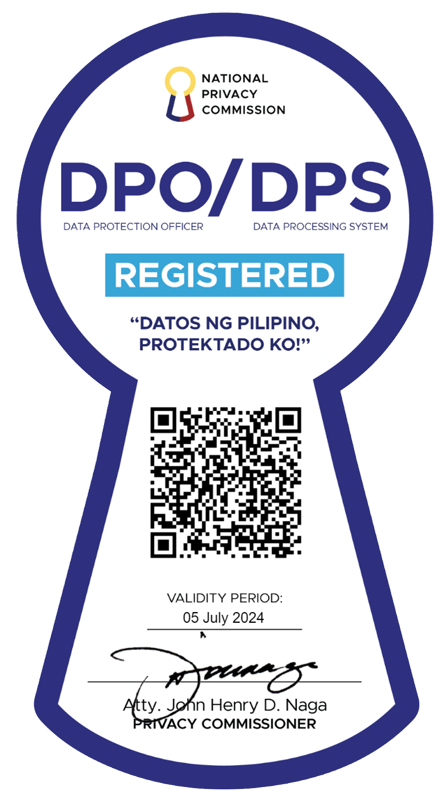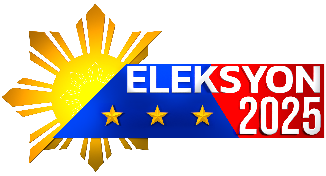PNoy Online: Evaluating the PH govt's Web presence
The government, technology pundits often say perhaps only half in jest, is the only place where innovations in technology are least exploited in pursuit of public service. In terms of using the latest Web technologies —or even merely establishing a stable and updated online presence— the Philippine government lags behind websites from other sectors which have fully leveraged the Web’s power to their advantage. With the Internet proving to be an effective tool for disseminating information, the government is generally behind the times. In this report, we evaluate the Web presence of different government agencies according to the information they provide online; the level of their interactivity with their visitors; the design and user-friendliness of the pages; and the timeliness of their online updates. Since being elected President last year, PNoy’s presidency has promised transparency. Aside from contributing greatly to his presidential bid, the Web has also become one of the most important vehicles in PNoy’s drive along “daang matuwid" (straight road).
- Office of the President of the Philippines
The President’s official Website is probably one of the more streamlined and professional-looking among all other government Websites out there, a breath of fresh air among government sites that seem to be stuck in the '90s school of web design. The splash page is notable for its elegant simplicity, with only a huge rotating banner photo in the middle and three boxes for “My Cabinet," “Panata sa Pagbabago," and “Transparent Government" at the bottom. A red navigation bar sits below the official logo, while links to breaking news stories rotate below the banner photo. The design of this site is, as we’ve said, better than most government portals out there, but is reminiscent of the United State’s official White House portal (http://www.whitehouse.gov), which obviously inspired some of the design elements in PNoy’s Website. Perhaps, in its effort to bring the government closer to the people, two notable features of the site —“Panata sa Pagbabago" and “Transparent Government"— seek direct feedback from visitors regarding how they will contribute to change and how the government can be more transparent. This, obviously, is a step forward in terms of engaging the citizens to participate in nation-building, but little to no information were provided about the concrete steps that the government has taken on the information culled from the site. (It is also worth noting that US President Obama implemented the same feedback mechanism when he assumed the seat in 2008). Other information present on the site are a list of PNoy’s cabinet (with links to different agency Websites); photos and videos of the President (two of the more updated sections of the site); and a contact form. There is also a page labeled “Tito Noy," a section encouraging visitors to submit their graphic designs about bringing back traditional Filipino values. While this section uses a unique Web script not present in any other section of the site, it is appalling how it still continues to exist given that no other user submissions (aside from the default ones) were posted. - Official Gazette
The gov.ph Website is supposed to be the gateway of all Internet users to the Philippines. Right now, though, it is not, as the administration decided to use the domain as the official online residence of the Official Gazzette. This site borrows many design elements from PNoy’s official Website, including the rotating banner and the layout of the masthead. Content-wise, the gov.ph site is probably one of the more content-packed government Website, where possibly most announcements regarding the government and all its agencies are posted—including press briefing summaries, news updates, press releases, and public hearing announcements, among others. That being the case, gov.ph is a very text-heavy Website, perhaps a reassuring nod to its print counterpart, which practically no one has ever read. Yet unlike its print counterpart, the gov.ph Website is updated religiously, sometimes in real-time. Less than a day after the death of Osama bin Laden, PNoy’s latest statement was already been uploaded to the site. Having all this information on board, an efficient search function should be present to be able to mine data. But this is the gov.ph key weakness. A cursory search for the term “wage hike", for example, lists a series of transcriptions of press briefings by Presidential Spokesperson Edwin Lacierda, none of which indicate any direct relation to the wage hike. Visitors have to click on an item and search for the portion of the briefing concerning wage hikes in order to find relevant information. One interesting feature of the gov.ph site, however, is “The President’s Day," which chronicles all the activities of PNoy on a given day. Its archives extend to as far back as 1946, giving Filipinos a glimpse of what the other presidents did during their day. - Presidential Communications Group
While the first two Websites rated fairly well in our criteria, the Presidential Communications Group (PCG), involving two agencies tasked to oversee government engagement through mass and alternative media, does not seem to practice what it was tasked to preach. The Presidential Communications Operations Office Website, for one, reflects what most government Websites look like today: outdated coding techniques, paltry design philosophy, and minimal interactive features. What it lacks in Web design prowess, it makes up for in timely and relevant content for its main audience, in this case the media. There is a multimedia section containing audio and video on the President’s statements to the press, but its media player leaves much to be desired about (I’m sure the PCOO has heard of YouTube?) What’s lacking is a detailed schedule of press conferences organized by the PCG, which media institutions would surely find useful. The Presidential Communications Development and Strategic Planning Office (PCDSPO), meanwhile, may have something going for itself in terms of design, but at its current state, it still looks to be under construction. As of posting time, all it contains are transcriptions of press briefings conducted by the group, and nothing else. Before a May 3 release posted on its “Latest Updates" section, it was last update on April 6. - Philippine Information Agency and Philippine News Agency
These two agencies under Malacanang’s PCOO are the nerve centers of news and information regarding the Philippines. The Philippine Information Agency (PIA) is focused mainly on regional news, while the Philippine News Agency (PNA) tackles local news that are more outward-looking. Landing on PIA’s homepage is like opening your work e-mail after a long holiday: you wouldn’t know where to start. There’s just simply a barrage of blue-colored, underlined hyperlinks left, right, and center that they all just dissolve in one big pool of blue. Sure, there is an effort to grab attention by way of a big-sized headline at the upper fold of the page, but that attention is divided by two columns of stories that fall under it. In terms of content, however, PIA’s regional coverage of government activities is unmatched, so much so that its site structure is anchored on links to the Philippines’ 15 regions on its top navigation pane. Also worth noting is the option to view news in other Philippine languages—Cebuano, Waray, Hiligaynon and Ilocano, among others. Given the enormity of the volume of information on PIA’s Website, the run-of-the-mill Google search plugin simply doesn’t satisfy one’s data mining needs. But for what it’s worth, it serves its very basic purpose. It would’ve helped if there was a general site map provided, but as it is, good luck with navigating this thick forest. The Philippine News Agency (PNA) Website, meanwhile, copies most of PIA’s usability errors. There is no effort at all to present data in a way that would entice visitors, although for its purpose (as a wire agency), the layout is enough. For its part, the PNA site contains possibly the most recent news updates of all the other sites mentioned here. It also has a bevy of content in different topics—from national news to business features, and even climate change updates. There is a downloadable form available for those who wish to subscribe to PNA’s updates, but the agency expects those interested to jump through the hoops of bureaucracy as no online payment or submission facilities are provided. - Radio-Television Malacañang
 a href="http://rtvm.gov.ph/" target="_blank" >http://rtvm.gov.ph
a href="http://rtvm.gov.ph/" target="_blank" >http://rtvm.gov.ph











